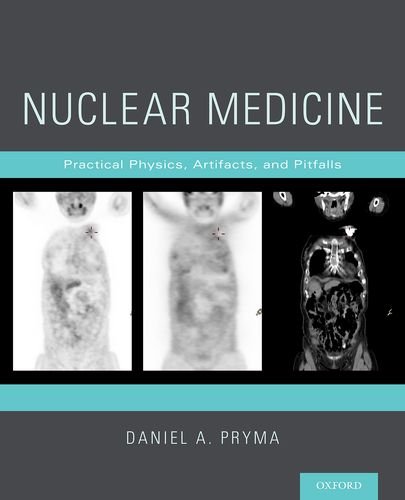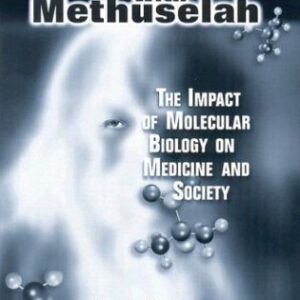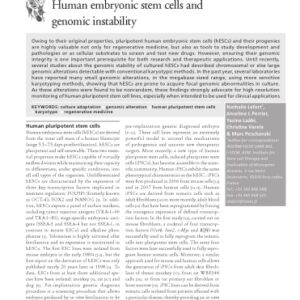In contrast to most anatomic radiographic imaging techniques, nuclear medicine permits real time, non-invasive imaging of human physiology and pathophysiology and also allows for exquisite targeting of disease with therapeutic radiology. To open this window to the processes of human disease, one must first understand the physical processes behind radioactive decay and emission, as well the principles of radiation detection. Practical Nuclear Medicine Physics provides residents and practitioners in nuclear medicine and radiology a readable explanation of the physics concepts underpinning nuclear imaging and how they impact the utilization and interpretation of those images. Following a brief introductory section, the book provides numerous case examples, illustrating various imaging artifacts and pitfalls that can be recognized and remedied with a solid understanding of the physics behind the procedure. Understanding and applying the physics behind nuclear medicine is essential to maximizing not only diagnostic and therapeutic accuracy for providing optimal patient care, but “Practical Physics” is a required portion of radiology residency education and a designated area of the board exams.






Reviews
There are no reviews yet.